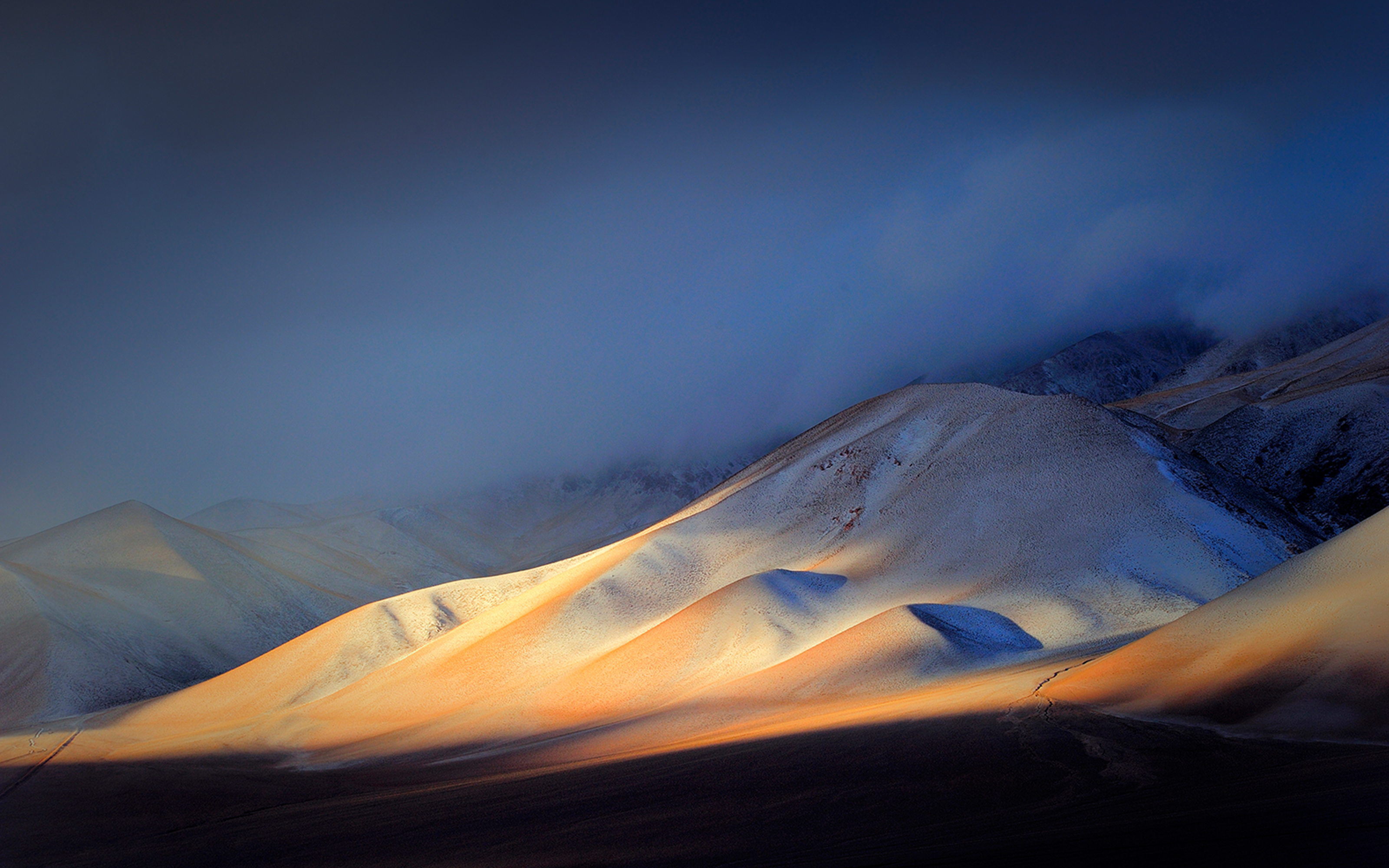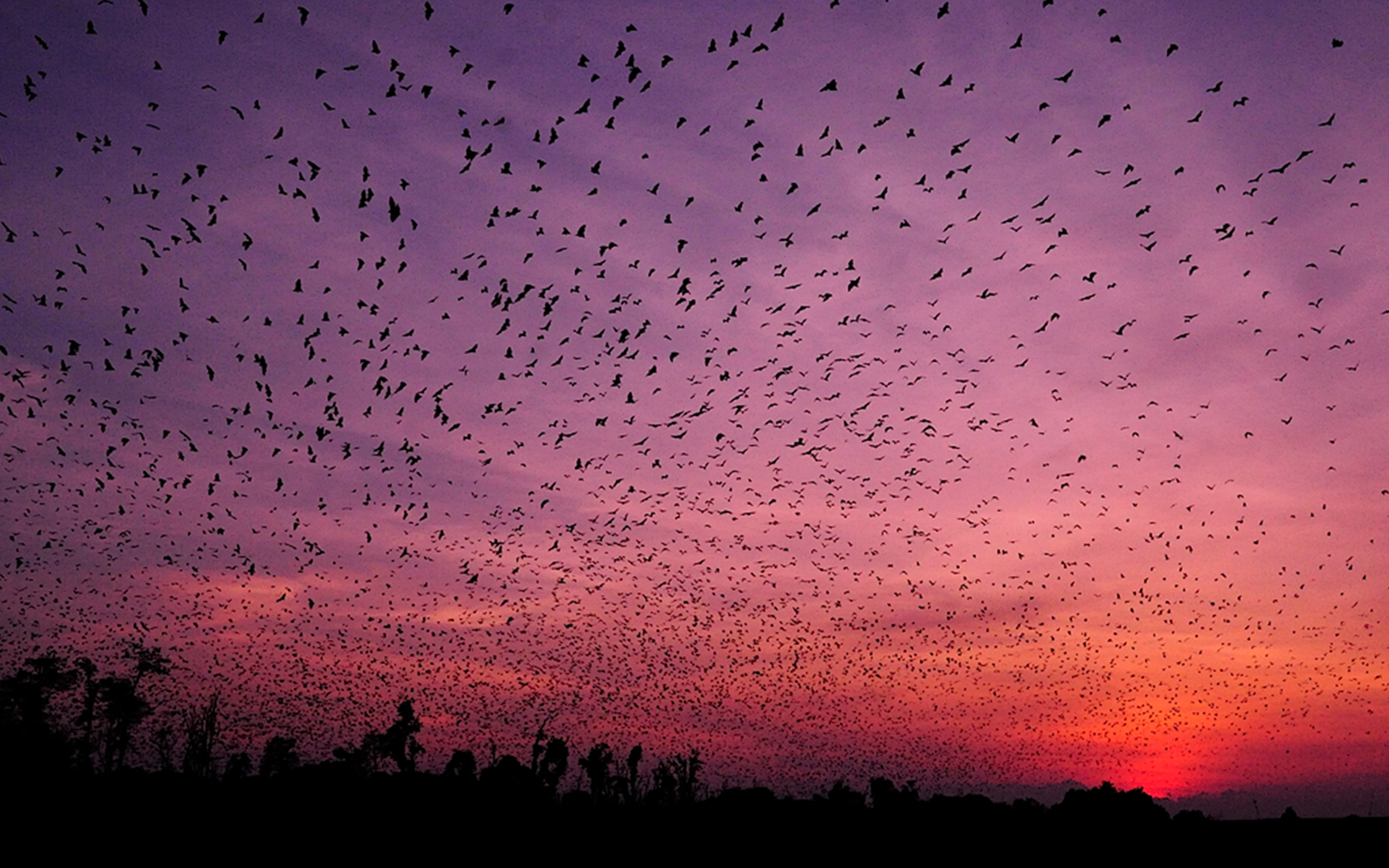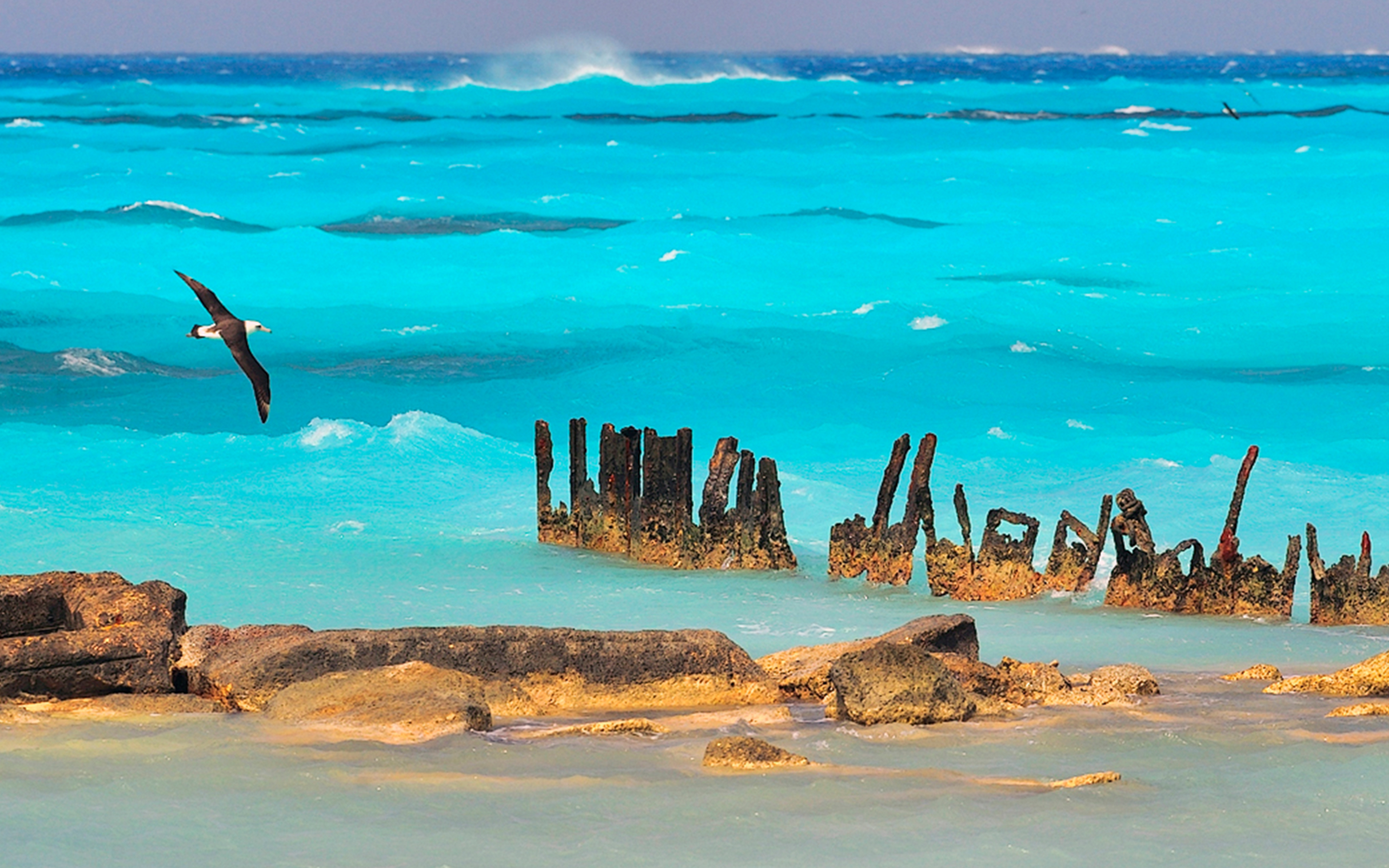

Midway Atoll, March 2012
Apr 2012
By: Laura Crawford Williams
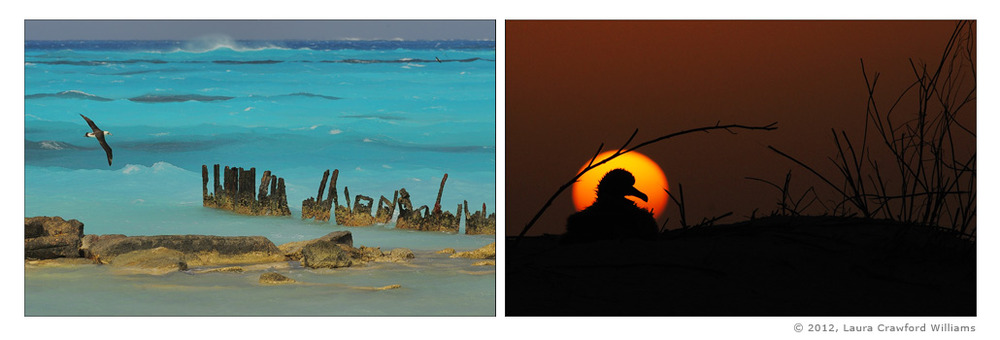
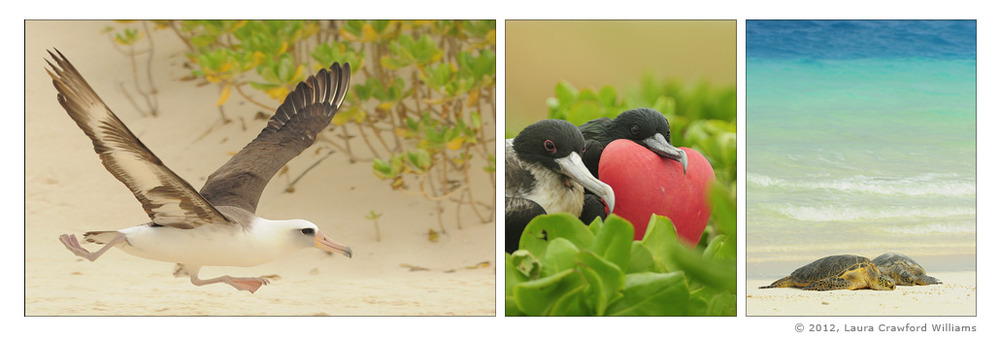
The plane touches down at 10pm. It’s dark outside the windows of the Gulfstream jet that just brought us here. We exit the plane into a darkness occasionally interrupted by headlights of vehicles, a fire truck, and flashlights in the hands of those awaiting us. It reminds me of a scene from Close Encounters of the Third Kind. We’re escorted to golf carts as others unload our baggage behind us. German and I have just landed on Midway Atoll in the northwestern Hawaiian Islands. The darkness is disorienting but it isn’t long before we see legions of small birds soaring in the skies above us. Sounds surround us in the darkness: whistles, clacks, something that resembles applause, and even Woody Woodpecker. Meanwhile, birds swarm closer to the vehicle, attracted by the headlights. It’s cold and windy, with a hint of moisture in the air. For an atoll that’s primarily a seabird nesting colony (with an estimated 3-5 million birds), it doesn’t smell that bad!
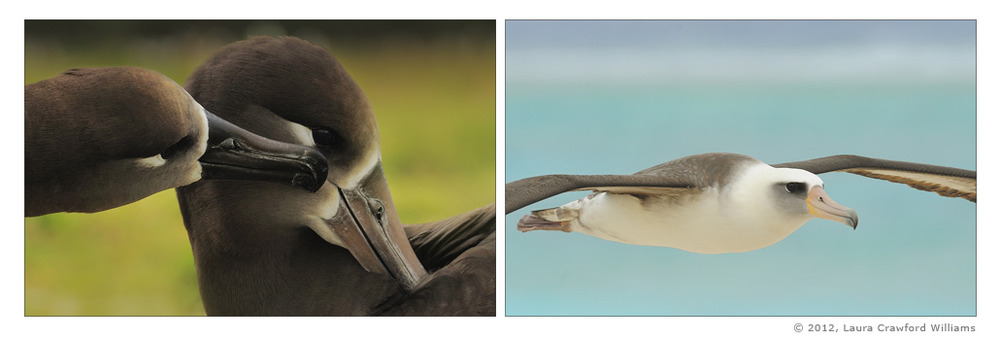
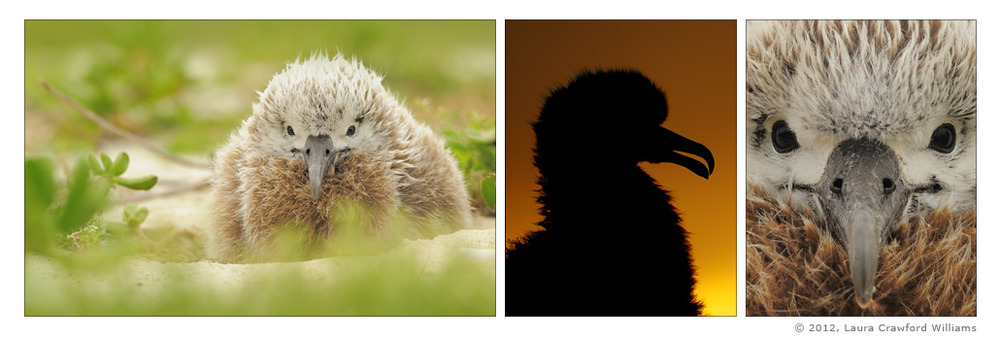
The next morning we awoke to quite a sight, albatross were everywhere: outside the front door, in gardens, on runways, surrounding buildings, in fields and on beaches. They were the source of all the amazing sounds we heard the night before. Pairs were performing courtship dances while standing near brown, fuzzy chicks in shallow nests. Thousands of albatross filled the air like bees buzzing around a hive.
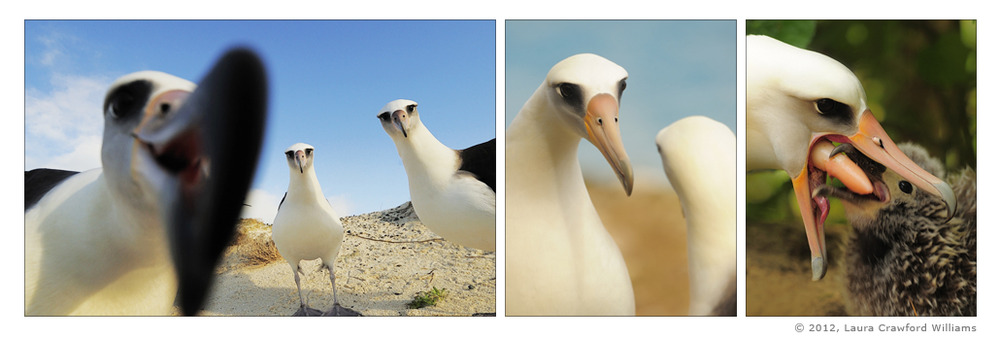
The waters around Midway are truly amazing, the turquoise and blue colors are deeply saturated while beaches are almost white. As you might expect, birds are the dominant life form. Albatross, terns, boobies, frigatebirds, and petrels spend most of their life at sea but return each season for nesting. Most of these birds evolved without land-based predators and have no fear of humans. As a result, visitors can get up close and personal. Laysan and Black-footed Albatross are the most numerous. There are several endangered species living on Midway as well. We were very fortunate to see Monk Seal, Laysan Duck, Green Sea Turtle, and Short-tailed Albatross.
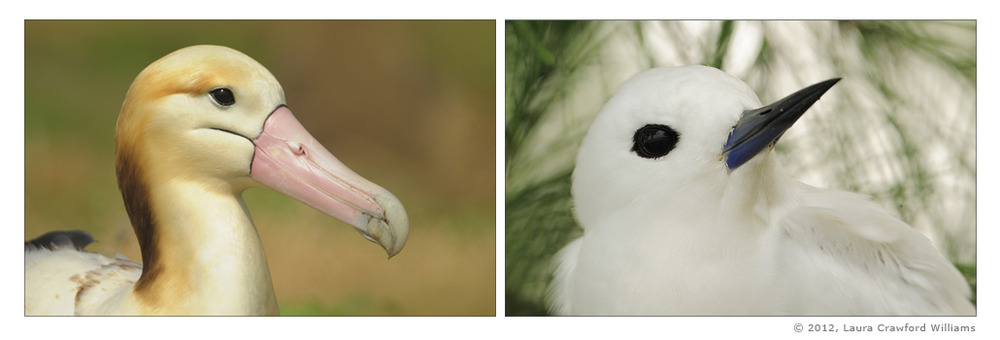

Midway is probably most famous for its role in U.S. history. The atoll served as a military base during WWII and the Cold War. Runways and military buildings cover the atoll, but nature is slowly taking back the land. Old buildings are beginning to decay while plants are pushing their way up through the pavement. The atoll is now preserved as a National Wildlife Refuge. Why do these ruined buildings remain? It’s because the cost of removing them is simply too high. Government money is used for the most important things, like habitat and wildlife management.
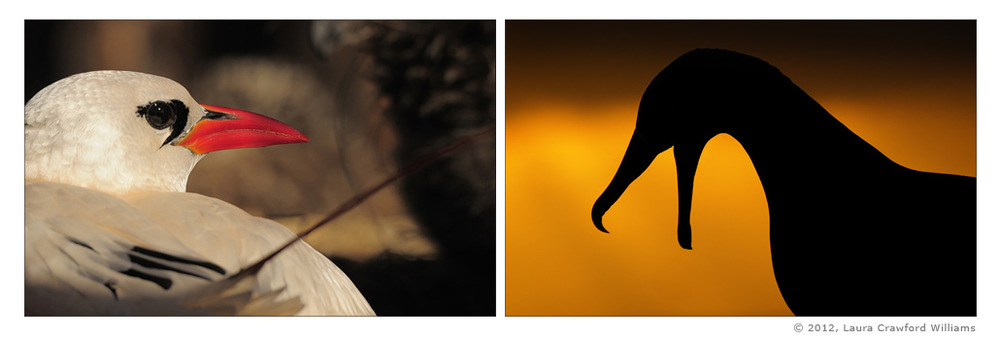
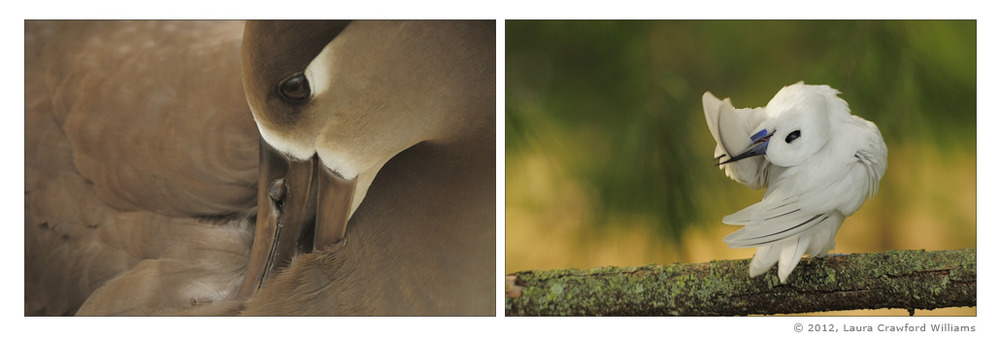
Refuge personnel fight invasive species and work to provide the right kind of habitat for animals. They also work to keep beaches clean from garbage that floats in with the tide. Most of this garbage is from products made of plastic. While walking through the Albatross rookeries, you will occasionally come upon a small mound of plastic: colorful bottle caps, cigarette lighters, toys, and fishing gear. If you look closely, you’ll also see bones and fragments of feathers. Adult albatross are eating plastic and it’s killing them. Chicks are also fed plastic items. It fills up their bellies and they mistakenly feel full. In the end, they slowly die of starvation because they no longer beg for food from a parent. I left Midway with a much stronger resolve to minimize my use of plastic and recycle everything possible. One afternoon, German and I found a chick with fishing line wrapped around its foot. Our guide asked us to remove it. The little albatross snapped at hands and eventually threw squid up on German. The smell lingered on his hands for days. But, that’s the cost of saving one small life!
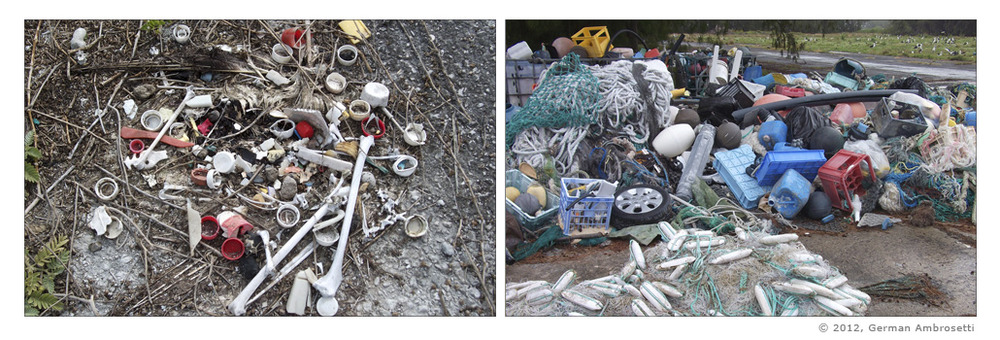
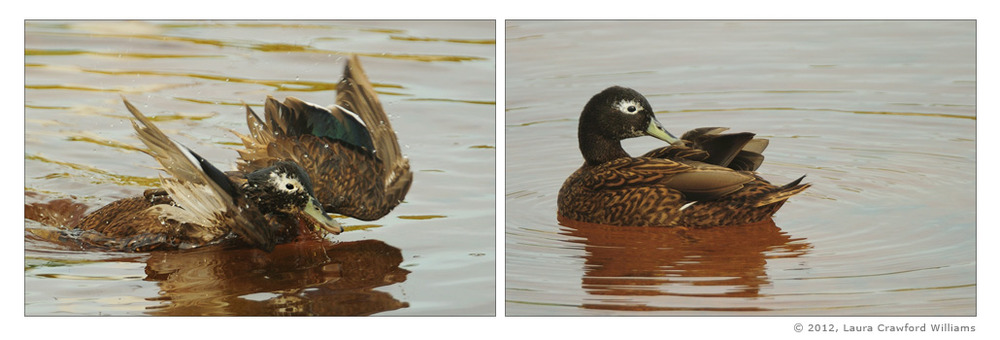
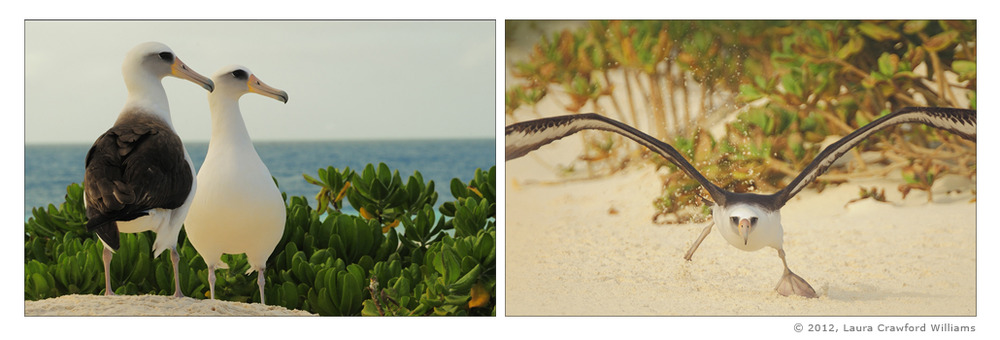
We spent 6 days on Midway and left knowing what a really special place it is, not only for its amazing wildlife but also because of the dedicated people who live there. They were all truly kind and generous, each with a passion for their work on the refuge. Volunteers were equally enthusiastic. Thank you to all of them for providing us with such a great experience!
